You’re exhausted. But not sleepy. Your body aches for rest while your mind won’t stop looping through worries or unfinished thoughts. You close your eyes, but your heart races, your chest feels tight, and your brain hums like an overactive engine.
Sound familiar?
This isn’t just “bad sleep hygiene.” It’s nervous system dysregulation, a common and overlooked issue especially during menopause. As hormonal shifts disrupt your brain’s natural balance, your stress response can become overactive, keeping your body in a constant state of high alert.
When your nervous system forgets how to relax, no amount of lavender spray or melatonin can help. The key lies deeper in the communication highway between your body and brain: the vagus nerve.
What Is the Vagus Nerve and Why Does It Matter for Sleep?
The vagus nerve is the longest cranial nerve in your body, running from your brainstem through your neck, chest, and into your abdomen. It connects vital organs like your heart, lungs, and gut forming a direct line between your thoughts, emotions, and physical sensations.
This nerve regulates the parasympathetic nervous system, your body’s “rest-and-digest” mode. When the vagus nerve is active, your entire physiology shifts into a calm, restorative state.
When the vagus nerve is healthy and engaged, you tend to:
-
Fall asleep faster and stay asleep longer
-
Breathe slower and more deeply
-
Digest food efficiently
-
Feel emotionally grounded and safe
But when it’s underactive or “offline,” you might notice:
-
Racing thoughts or anxiety before bed
-
Sudden 3 a.m. wake-ups for no clear reason
-
Heart palpitations or shallow breathing
-
Fatigue that doesn’t improve with rest
Essentially, vagal tone the strength and flexibility of your vagus nerve determines how easily your body transitions between stress and stillness.
Also read - The Real Longevity Code
How Menopause Affects the Vagus Nerve and Sleep
Hormonal changes during menopause, particularly the decline of estrogen and progesterone, make it harder for your brain to regulate stress. These hormones normally act as natural buffers for the nervous system.
Without them, even small stressors a late email, an argument, or a bad dream can send your body into overdrive. This hypervigilant state keeps cortisol elevated and disrupts melatonin production, the hormone responsible for sleep onset and depth.
Over time, this chronic alertness can rewire your brain into survival mode, where “rest” feels unsafe or impossible. It’s not that your body doesn’t want to sleep it’s that your nervous system doesn’t remember how to feel safe enough to do so.
Your body doesn’t need more productivity.
It needs more presence.
Also read - importance of sleep in recovery
How Can You Reset the Nervous System for Deep Rest?
You can’t force relaxation but you can create the conditions for stillness.
Rather than trying to quiet your thoughts directly, the key is to calm your body first. When your body sends signals of safety to your brain (through the vagus nerve), your mind naturally follows.
Here are some evidence-based ways to support vagal activation and deeper sleep:
-
Diaphragmatic Breathing: Slow, deep belly breaths stimulate the vagus nerve and reduce heart rate. Try inhaling for 4 counts, holding for 2, exhaling for 6.
-
Cold Stimulation: Splash cold water on your face or end your shower with 30 seconds of cool water to activate the vagus nerve.
-
Gentle Humming or Chanting: The vibration from your vocal cords directly engages the vagus nerve through the throat and chest.
-
Restorative Yoga or Slow Stretching: Physical relaxation sends feedback to your nervous system that it’s safe to rest.
-
Light and Sound Entrainment (neuroVIZR): This advanced neuro-sensory method helps guide your brain into restorative states like alpha and theta without effort.
The Science of Stillness: How neuroVIZR Supports Deep Rest
 Deep rest isn’t about doing less it’s about doing it differently.
Deep rest isn’t about doing less it’s about doing it differently.
The neuroVIZR offers a new kind of rest experience known as neurodosing. It uses gentle, rhythmic pulses of light and sound that synchronize with your brain’s natural frequencies, guiding it from high-alert Beta states into calm Alpha or meditative Theta rhythms.
This process works with not against your nervous system. By bypassing the thinking mind, it directly soothes the body, allowing the vagus nerve to re-engage naturally. Over time, this promotes:
-
Improved vagal tone and parasympathetic balance
-
Deeper, more consistent sleep cycles
-
Lower cortisol levels
-
Enhanced emotional regulation and resilience
For those struggling with menopause-related insomnia or anxiety, even short sessions can act as a reset button for the nervous system teaching your brain what real rest feels like again.
(Soft pitch tone no sales language)
Stillness Is Strength
True rest isn’t passive. It’s an act of reclamation.
When you prioritise deep rest, you’re not being lazy you’re rebuilding the foundation of your health. A regulated nervous system sharpens your focus, strengthens immunity, and helps you meet life with calm energy instead of chronic fatigue.
You don’t need to hustle through this phase. You need to heal through it.
And that begins with stillness with allowing your body to feel safe enough to rest deeply again.
Your rest is not a luxury. It’s your superpower.
References
-
Zoccola, P. M., & Dickerson, S. S. (2012). Cortisol responses to social stress: The role of social identity and the vagus nerve. Psychoneuroendocrinology.
-
Tracey, K. J. (2002). The inflammatory reflex. Nature.
-
Frangos, E., Ellrich, J., & Komisaruk, B. R. (2015). Non-invasive access to the vagus nerve central projections via electrical stimulation of the external ear: fMRI evidence in humans. Brain Stimulation.
-
neuroVIZR Science Library. (2024). The Role of Light and Sound Entrainment in Nervous System Regulation.










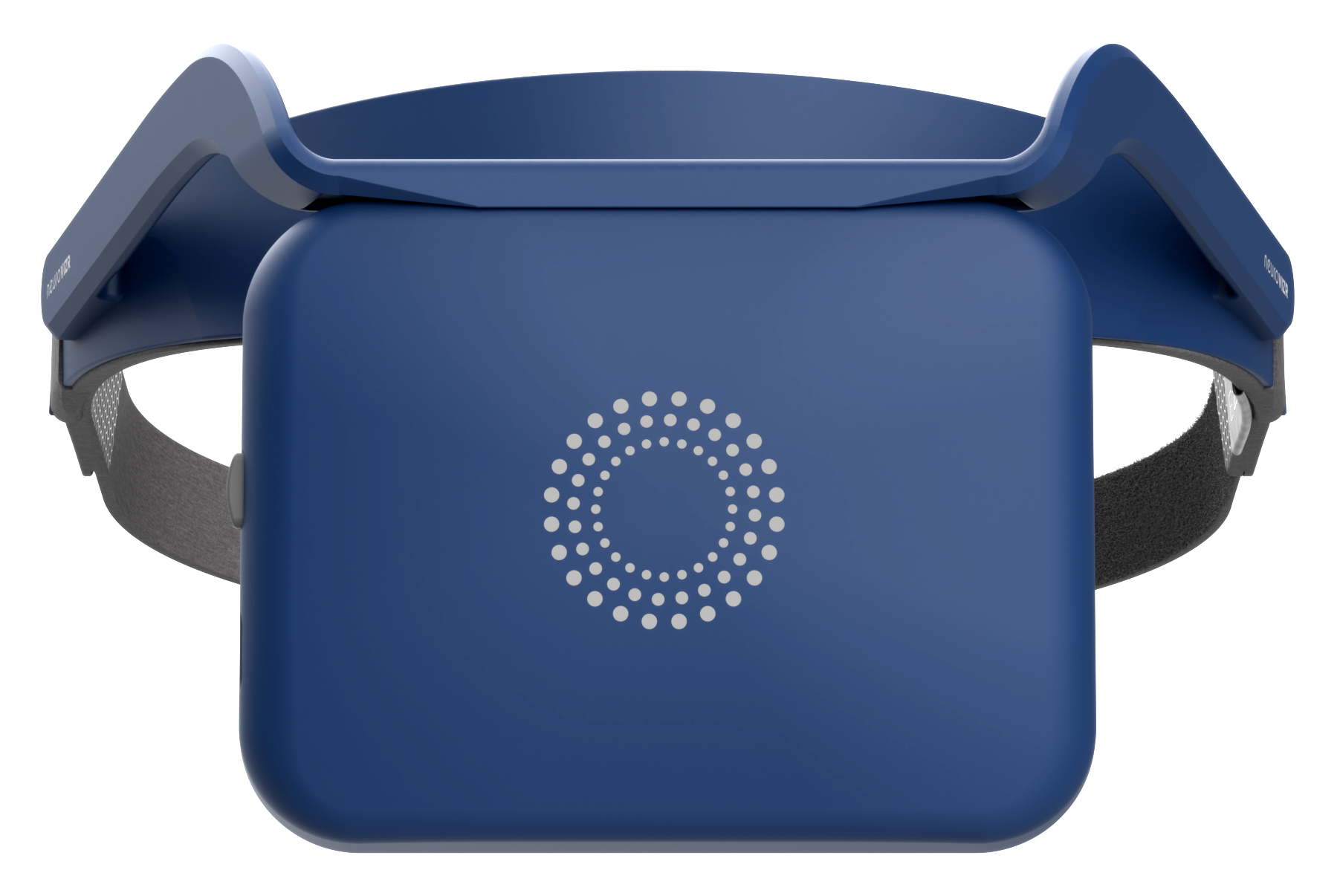


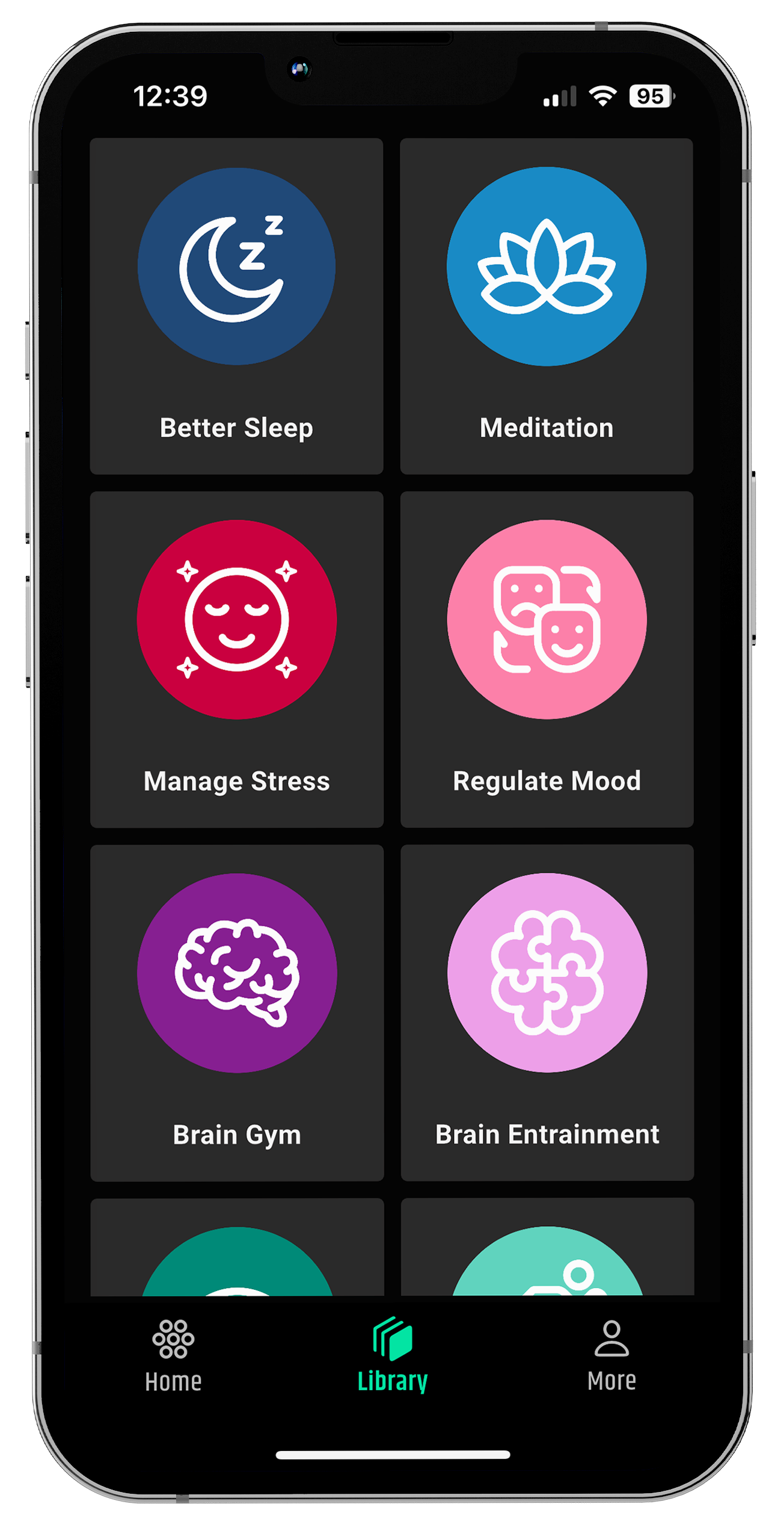

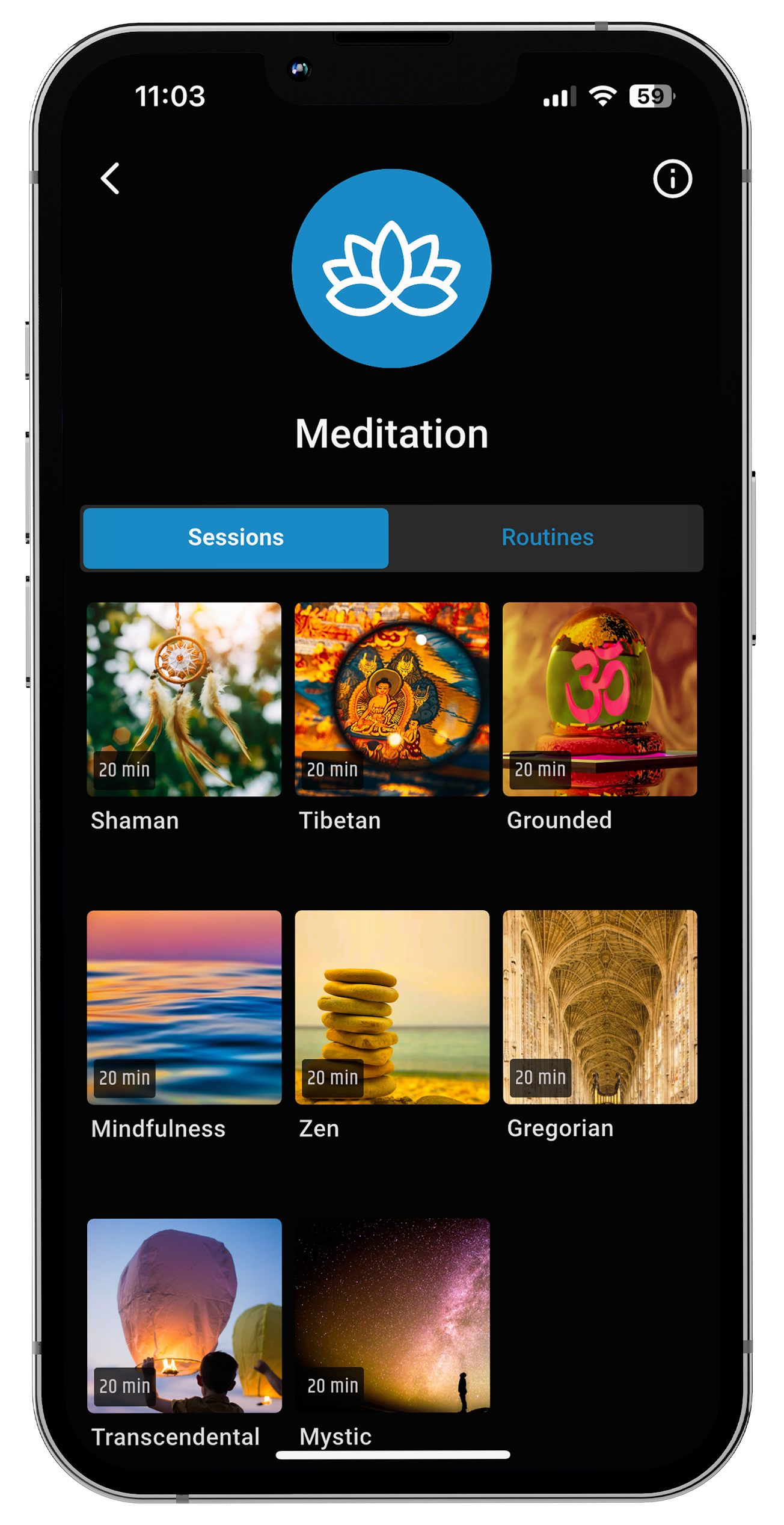
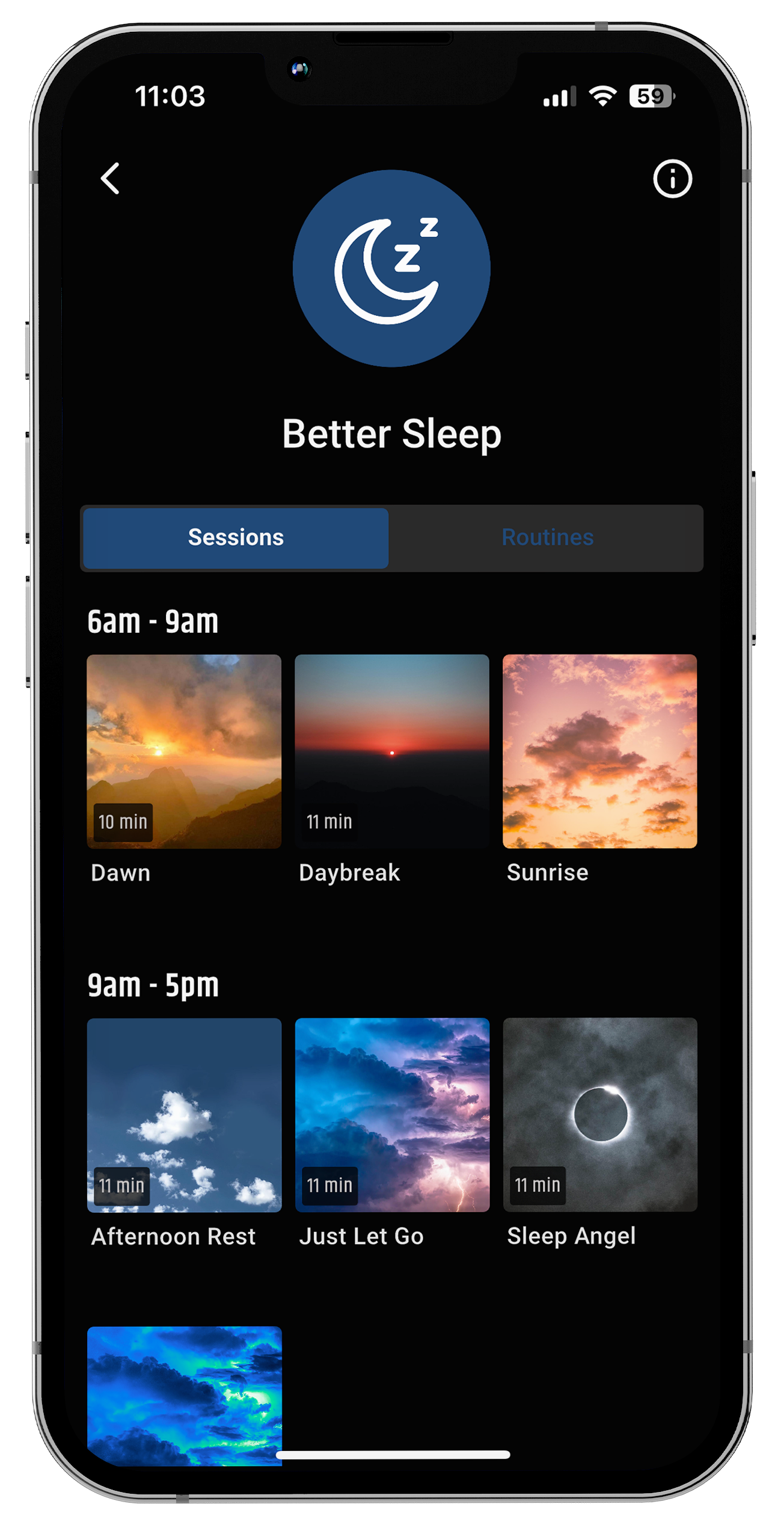









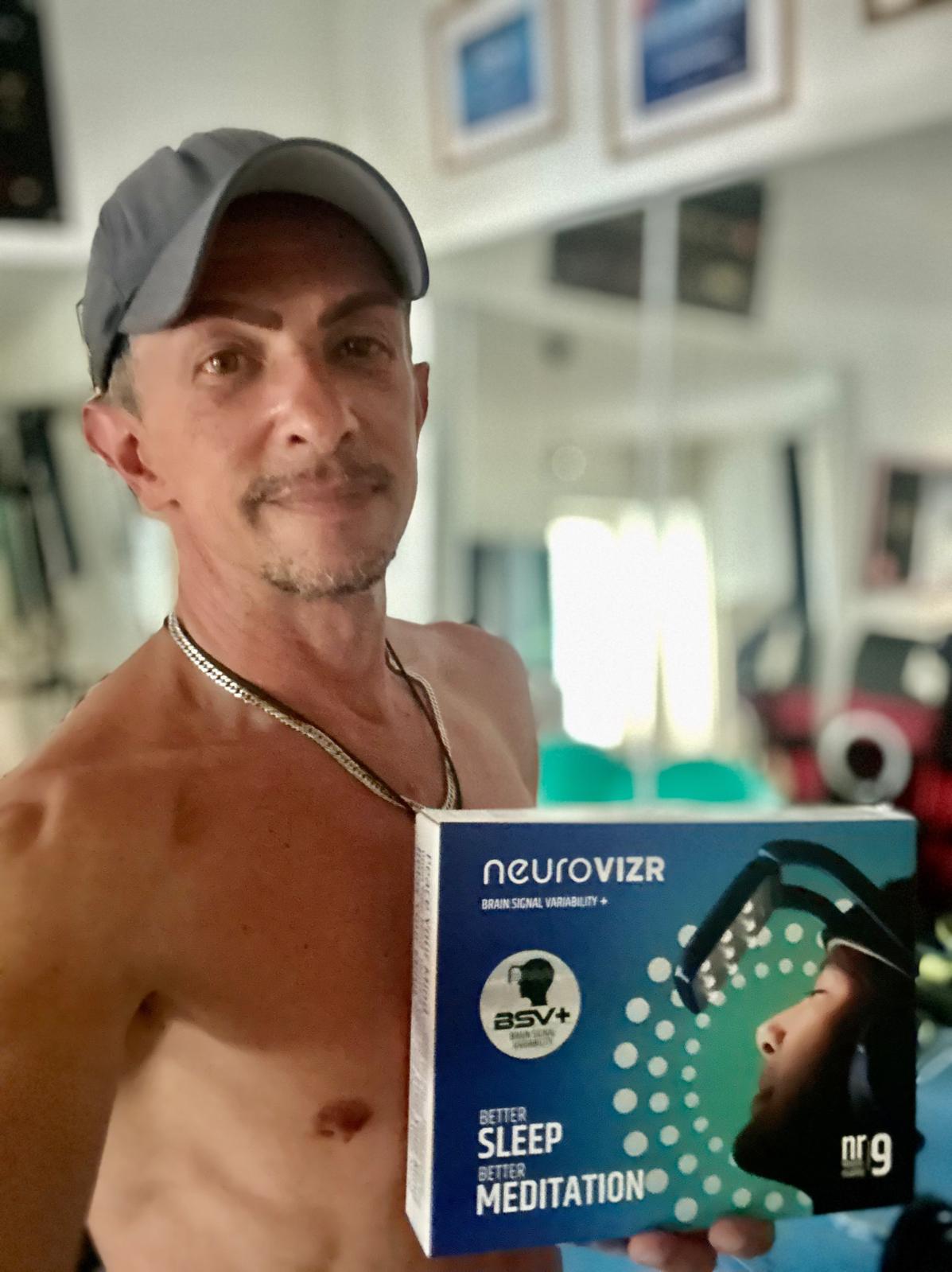
Share:
What’s the Dream? Understanding Why We Dream and What It Means
The Real Longevity Code: What ChatGPT Got Right and What neuroVIZR Knows Better